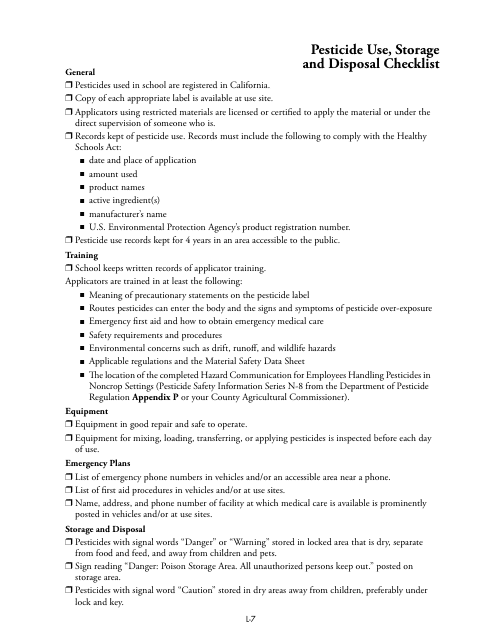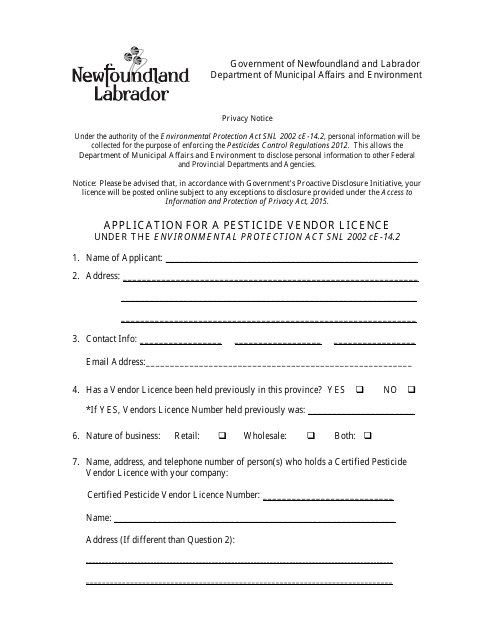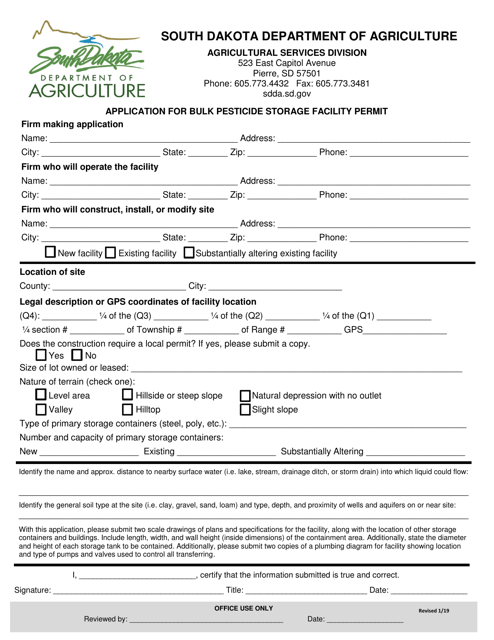Pesticide Storage Templates
Pesticide Storage: Ensuring Safety and Compliance
Welcome to our comprehensive guide on pesticide storage. Whether you're a farmer, a retailer, or a homeowner, proper pesticide storage is crucial for both safety and compliance. Pesticides play a critical role in protecting crops, controlling pests, and maintaining the overall health of our environment. However, mishandling or storing these chemicals incorrectly can lead to disastrous consequences.
Our platform provides a wealth of resources and information to help you navigate the complex world of pesticide storage. From regulatory guidelines to best practices, we've got you covered.
Why is proper pesticide storage important?
Beyond legal compliance, proper pesticide storage is essential for several reasons. First and foremost, it ensures the safety of those who come into contact with these chemicals. By following correct storage protocols, you significantly reduce the risk of accidental spills, leaks, or exposure to toxic substances.
Secondly, proper pesticide storage helps to maintain the integrity and efficacy of the products themselves. Many pesticides degrade over time, especially when exposed to factors such as temperature fluctuations, humidity, or direct sunlight. By storing them in the right conditions, you can maximize their shelf life and optimize their performance during applications.
What can you find in our pesticide storage guide?
Our pesticide storage guide covers a broad range of topics to address the diverse needs of farmers, retailers, and homeowners. Here's a glimpse of what you can expect:
-
Regulatory requirements and compliance: We provide insights into the specific regulations governing pesticide storage in different jurisdictions, including relevant forms, permits, and licenses needed to ensure compliance.
-
Best practices for pesticide storage: Discover the industry's best practices for safely storing pesticides, such as appropriate storage containers, labeling requirements, and segregation guidelines to prevent cross-contamination.
-
Safety measures and emergency preparedness: Learn how to implement robust safety measures, including proper ventilation, spill containment systems, emergency response plans, and personal protective equipment (PPE) protocols.
-
Storage facility design and maintenance: Get expert advice on designing, constructing, and maintaining your pesticide storage facility to meet regulatory standards efficiently. We cover topics like storage capacity, lighting, temperature control, and pest management.
-
Training and education: Access training resources, webinars, and workshops to enhance your knowledge and understanding of pesticide storage. Stay up to date with the latest industry trends, safety protocols, and emerging technologies.
We understand that pesticide storage can be complex and overwhelming, especially with the ever-changing regulations and protocols. That's why our platform aims to simplify the process, providing you with reliable, up-to-date information to ensure safety, compliance, and peace of mind.
Browse our extensive collection of resources, guidelines, and tools related to pesticide storage to make informed decisions and protect yourself, your business, and the environment. Together, let's strive for responsible and sustainable pesticide storage practices.
Documents:
5
This form is used for completing a checklist related to pesticide use, storage, and disposal in California. It helps ensure compliance with guidelines and regulations to protect the environment and public health.
This form is used for reporting a substantial alteration to bulk pesticide/fertilizer storage in Minnesota.
This document is an application form for obtaining a Pesticide Vendor Licence in Newfoundland and Labrador, Canada. It is required for individuals or businesses involved in the sale or distribution of pesticides in the region.
This document provides a contingency plan template specifically designed for pesticide approvals and for business operators storing more than 25 L/Kg in Nova Scotia, Canada. It outlines the necessary steps and actions to be taken in case of emergencies or incidents related to pesticide storage.
This form is used to apply for a permit to operate a bulk pesticide storage facility in South Dakota.





